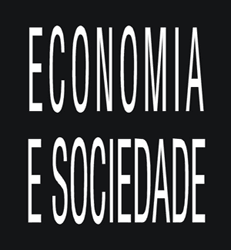Abstract
The aim of this study is to estimate the demand function for credit for vehicles in Brazil during the period between of July 2000 to December 2012. Our results showed that this function can be framed within a traditional framework in which the rate and the term of financing, the price of the vehicle as well as the state of the economy are the explanatory variables of the model. The Markov Switching (MS) model with an endogenous variable (Kim, 2004KIM, C. Markov switching model with endogenous explanatory variables. Journal of Applied Econometrics, v. 122, p. 127-136, 2004.) showed that such a demand function was subject to three different regimes throughout the sample period. Two of these states are associated with expansion and retraction regimes in which the state of the economy is determined by its fundamentals. A cycle of strong expansion takes place between 2004 and 2007 while a cycle of retraction is in force between the end of 2007 and the beginning of 2008. The third regime, also of expansion, takes place in a single cycle between 2008 and 2009 and was artificially generated as a result of the use of countercyclical measures fomented by the government. Among them, we can highlight the reduction in the compulsory and the reserve requirement imposed by the Central Bank and the tax rate on the production of vehicles. These measures promoted the immediate expansion of credit and led to a process of bubble formation in the vehicle market. This culminated in the need to introduce the so-called macroprudential measures in December 2010, when there was already a continuous and growing trend in the credit default.
Keywords:
Credit for vehicles; GMM; Markov Switching model; Credit bubble; Credit default.

 Fonte: Elaboração dos autores.
Fonte: Elaboração dos autores.
 Fonte: Elaboração dos autores.
Fonte: Elaboração dos autores.
 Fonte: Elaboração dos autores
Fonte: Elaboração dos autores